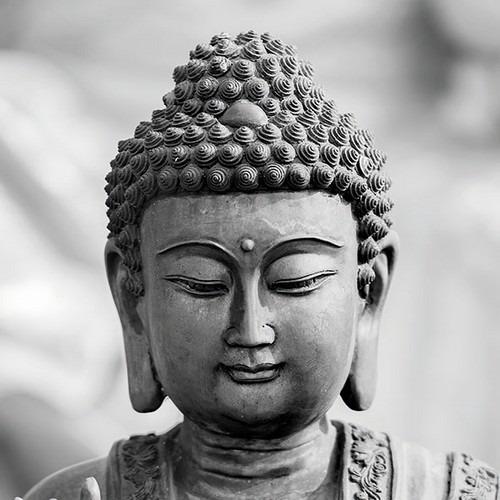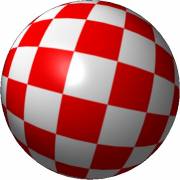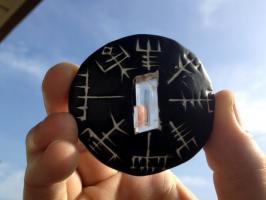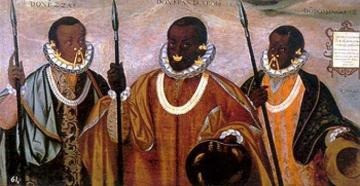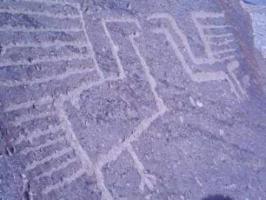The Son of God / The Sun God

I realise that this article is controversial, but I think that the evidence speaks for itself. My argument is that the earliest depictions of Christ were actually based on those of Alexander III 'The Great', King of Macedonia [b. 356, r. 336-323 BC]. I have chosen four images, two "pagan", two Christian [labelled A-D] for analysis and comparison.
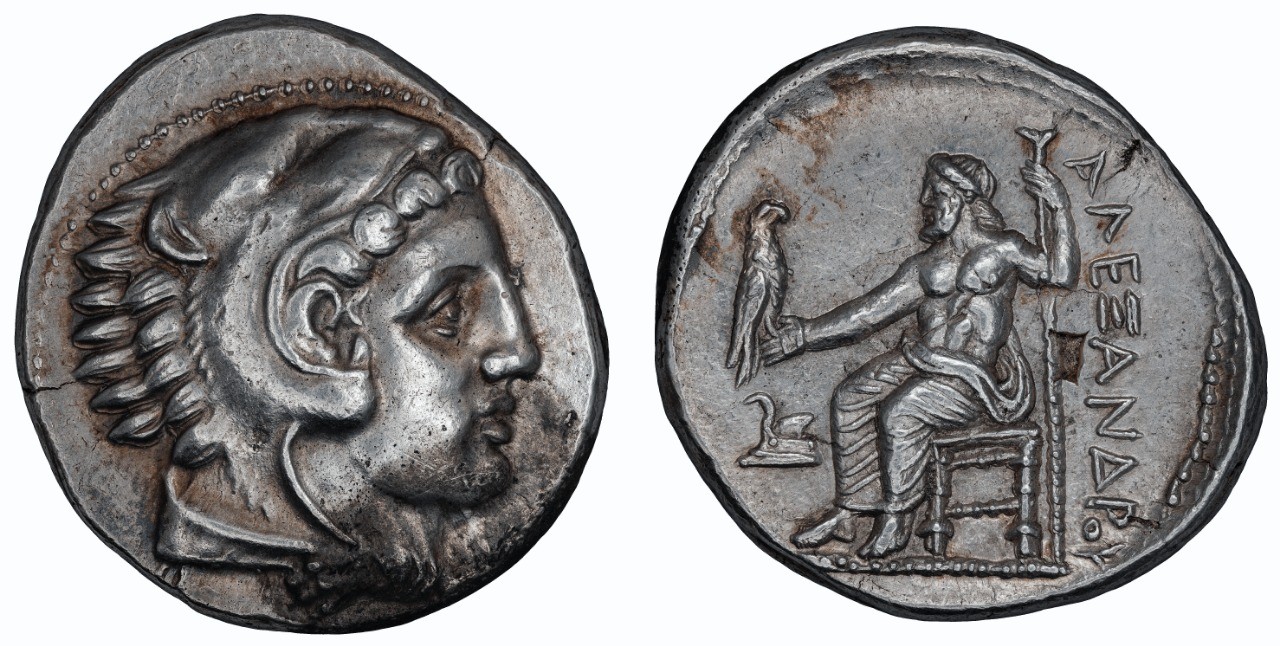
Image A is a plaster cast of an archetypal 4th century BC coin of Alexander. Together with statues, the most well-known sculpted by Lysspius, coinage [esp. that issued by Lysimachus, one of his generals, in 297 BC] established the familiar image of the king. Instantly recognisable are the mane-like hair, the tilted back head and large eyes gazing heavenward [his doctor told him this would cure his defective sight]. These pronounced features give the king's "strong, handsome face a hint of pathos and fatalism" [Civilization: Ancient Treasures from the British Museum, Canberra, 1990, pg 152.] He was only 32 when he died in Babylon.
Alexander claimed to be the son of the Zeus-Ammon, the Greco-Egyptian combination of their chief deities. [In later Ancient Egyptian religion Ammon-Re was a Sun god.] The king's divinity was proclaimed at the temple at the Oasis of Siwa, Egypt, in 331. On his coins he is depicted wearing the ram's horns of the god. I feel that the loop of the horn combined with the Macedonian royal sunburst is the origin of Chi Rho [XP], Christ's initials in Greek [see Image C].
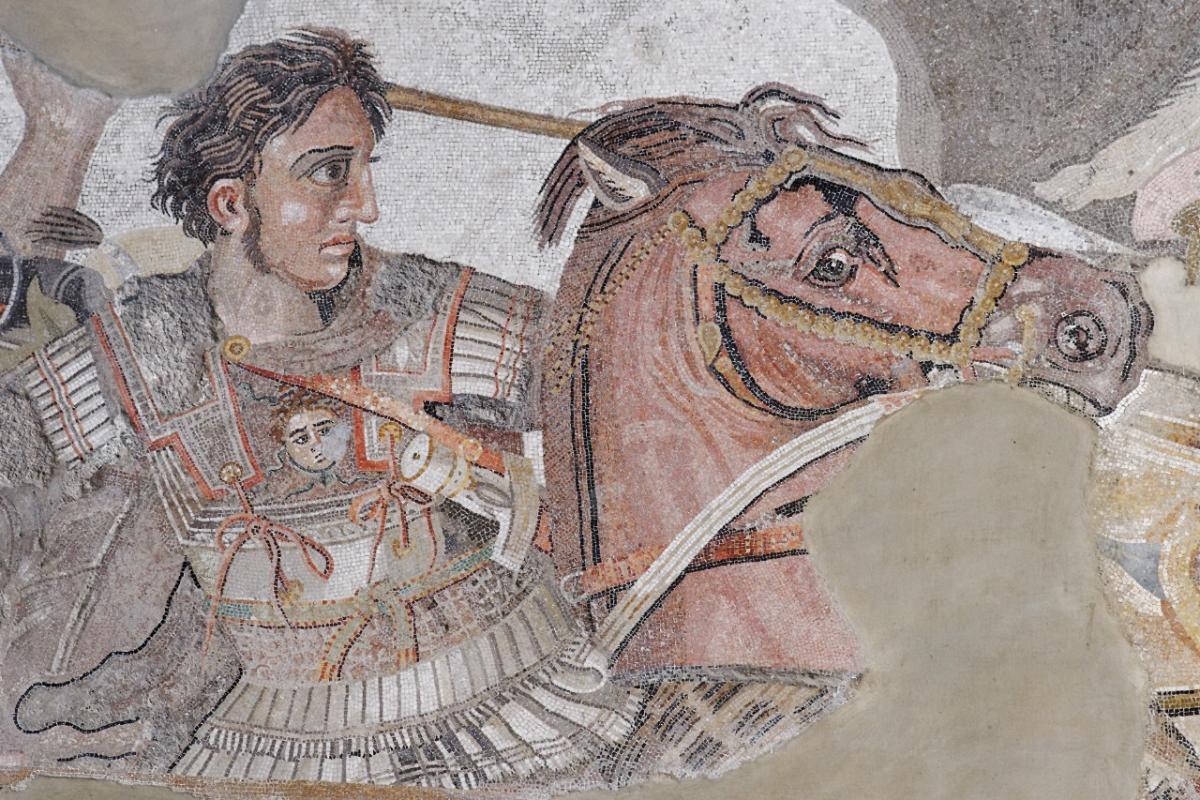
Image B, probably the most famous of Alexander, comes from the Battle of Issus Mosaic in the National Museum, Naples. Taken from the House of the Faun, Pompeii, it was executed c.80 BC, and based on sadly no longer extant fresco. Judging by the armour, which is close in design to the breastplate found in his father's [Philip II] tomb in 1977, the painting may've been executed during Alexander's lifetime, or shortly after.
Alexander's images influenced the portraiture of Constantine I [b. 272 AD], Roman emperor from 307-337 AD. Although he was the first to convert to Christianity, Constantine's pagan beliefs, like the Ancient Egyptian's, had centred around solar worship. The Roman Sun God was Sol. Could this have been behind Constantine's vision of the Holy Cross on the Sun before the Battle of Miluvian Bridge near Rome in 312 AD? He believed that Christ had given him victory over Maxentius by inspiring him and his army with the promise "by this sign you will be victorious" [usually given in Latin, "in hoc signo vinces"].
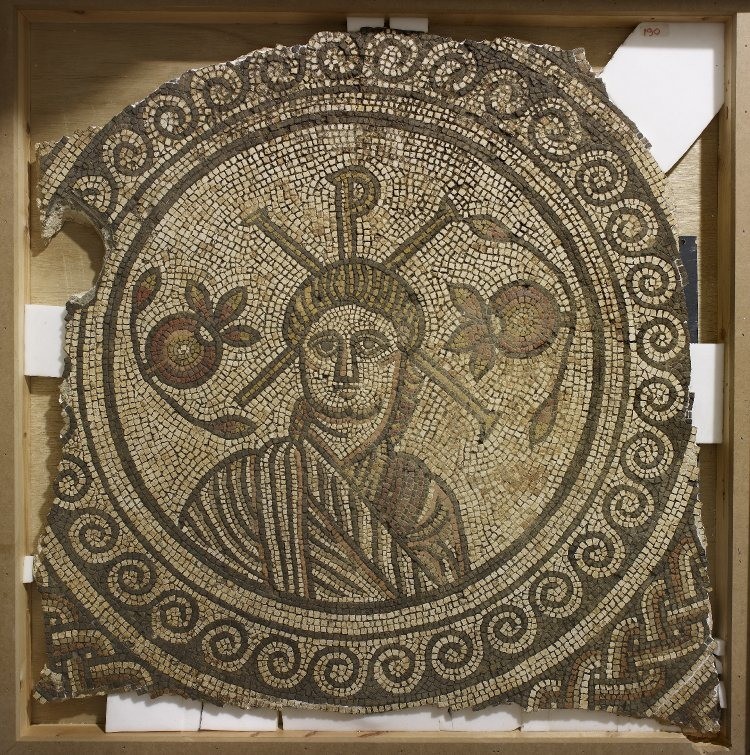
Image C [my rendition] is the central feature of a 4th century AD mosaic at Hinton St Mary, Dorset. The style is typically Byzantine, and comparable to the Issus mosaic.
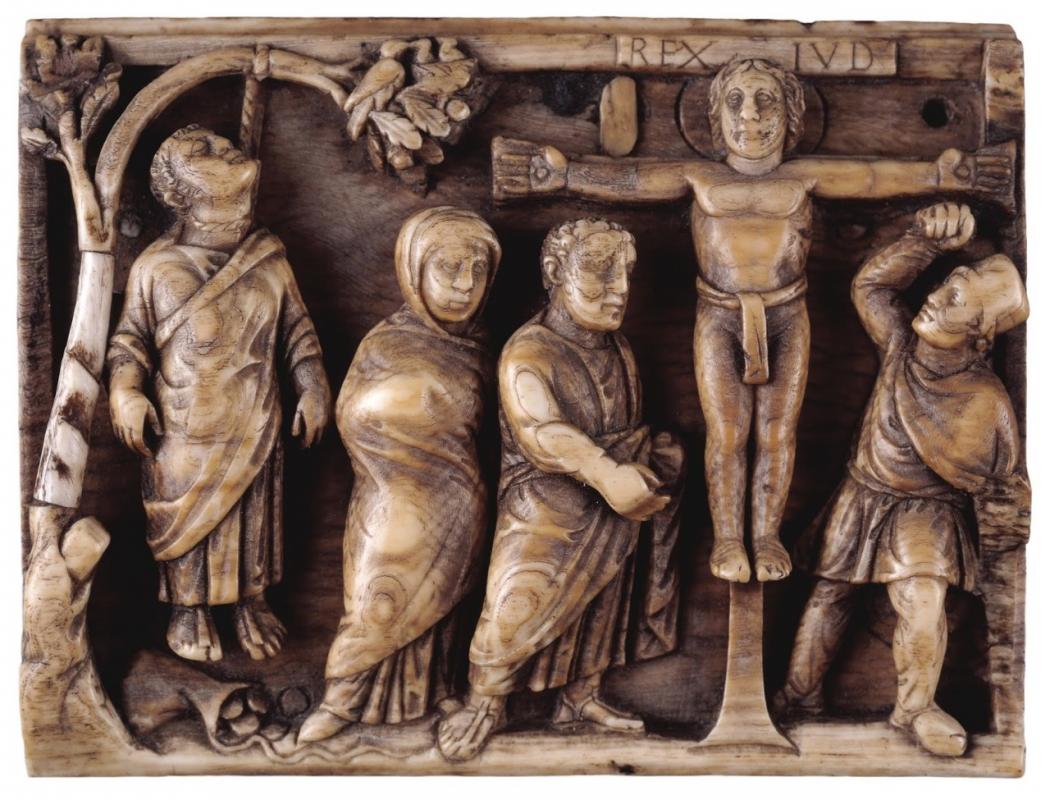
Image D [my rendition] is a detail from an ivory tablet of c.420 AD, one of the earliest extant depictions of the Crucifixion. These images are striking in two ways. Firstly, Christ is beardless, as he continued to be depicted into the 11th century and later. [Also note the Roman toga in C]. Secondly, and I think most shocking of all, is that His face is an exact replica of Alexander's, particularly noticeable in D!! [Regarding, the Crucifixion, a side note: we tend to think of this style of punishment as being Roman, yet Alexander the Great executed 2000 men from Tyre in 332 BC, when their city refused to surrender to him, as a dire warning to others.]
The halo in D could easily be a solar disc [think of the Egyptian gods], thereby making the Son of God the Sun God Apollo. I believe this idea lay behind Michelangelo's clean-shaven Christ in the Sistine Chapel's Last Judgement. [Luini also painted a youthful and beardless Jesus in "Christ Among the Doctors" (1512-32), and Caravaggio in "The Supper at Emmaus" (1601). Both are in the National Gallery, London.] On a block excavated at Troy by Heinrich Schliemann, in June 1872, Apollo is shown in his chariot crowned by solar rays. [Schliemann dated the image to c.306 BC, and said it may've once adorned a Trojan temple]. These are similar to the ones round the brow of the Colossus of Rhodes [Chares of Lindus, 292 BC], whose face, incidentally, was said to have been modelled on Alexander's. [The Statue of Liberty, New York, is based on the Colossus]. Is it possible that the rays were transformed into the Crown of Thorns?











